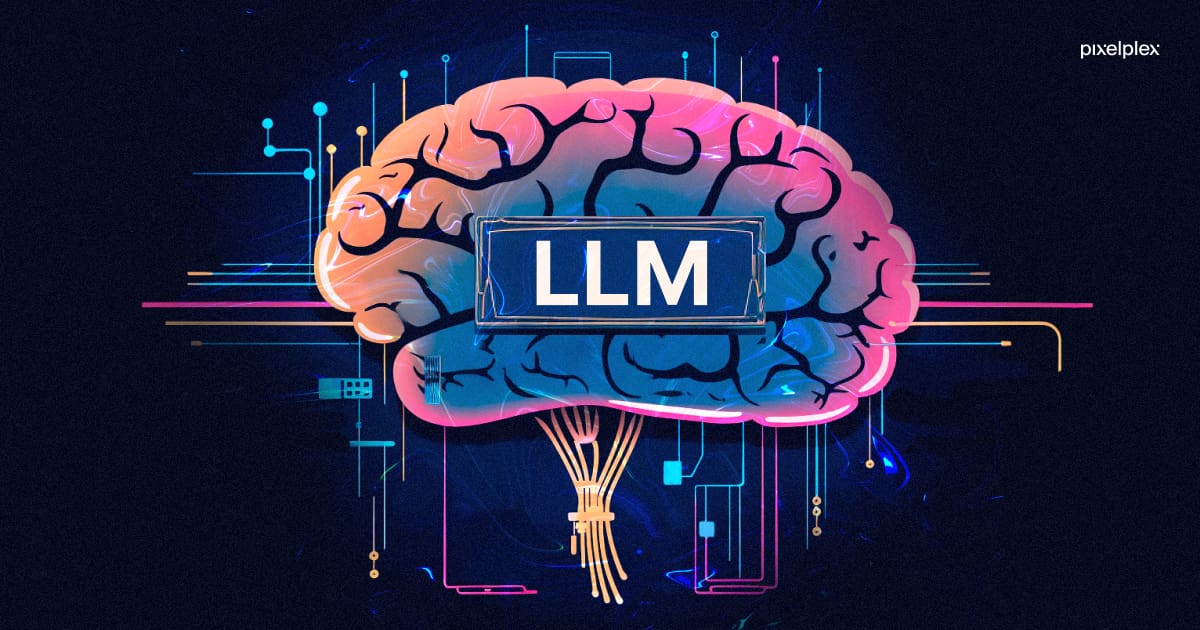Parallelism in Large Language Models (LLMs) to Boost Performance

As Large Language Models (LLMs) continue to revolutionize the field of natural language processing (NLP), their ever-growing size and complexity have brought significant computational challenges. Models such as GPT-4 and Claude-3.5 contain billions of parameters, requiring tremendous computational resources to train and deploy effectively. However, leveraging the right parallelism strategies can make these vast models more manageable, improving efficiency in both training and inference processes.
In this article, we’ll explore the core concepts of parallelism in LLMs, delving into how different types of parallelism—such as data parallelism, model parallelism, pipeline parallelism, and others—can optimize resource usage, reduce training time, and scale LLMs more effectively. We’ll also discuss key techniques for improving memory utilization and compute efficiency, enabling the deployment of large-scale models without hitting performance bottlenecks.
LLMs have transformed NLP tasks like text generation, summarization, and translation, but their immense computational requirements pose significant challenges for both research and industry applications.
Key Challenges:
Memory Demands: With hundreds of billions of parameters, LLMs often exceed the memory capacity of a single GPU or device, leading to constraints in storing model weights, activations, and optimizer states.
Compute Resources: Training large models can take weeks or even months, even when using clusters of GPUs, requiring careful management of computational resources.
Scalability: As LLMs grow in size, the need to efficiently distribute workloads across devices becomes critical for optimizing training time and resource usage.
To overcome these hurdles, researchers and engineers have explored various forms of parallelism to distribute the workload effectively across multiple devices.
Parallelism in LLMs involves breaking down large computational tasks into smaller, more manageable chunks that can be processed concurrently across multiple devices. This improves overall efficiency by leveraging the collective power of several machines.
Key Types of Parallelism:
Data Parallelism (DP):
In data parallelism, the entire model is replicated across multiple devices, and the input data is split across these devices for parallel processing.
Advantages: Simple to implement and scale.
Challenges: Limited by the largest model that fits on a single device; duplication of model weights increases memory usage.
Model Parallelism (MP):
Model parallelism involves splitting the model's parameters across multiple devices. Each device is responsible for computing a portion of the model.
Advantages: Allows for training models larger than the memory capacity of a single device.
Challenges: Communication overhead between devices can introduce latency, slowing down training.
Pipeline Parallelism (PP):
In pipeline parallelism, the model is divided into sequential stages, and input data is passed through these stages in micro-batches.
Advantages: Reduces memory load per device and balances compute requirements.
Challenges: Pipeline "bubbles" (idle times) during execution can reduce efficiency.
Tensor Parallelism (TP):
Tensor parallelism involves splitting individual tensors, such as model weights, across devices.
Advantages: Provides fine-grained parallelism and efficient use of hardware.
Challenges: Increased complexity in coordinating tensor operations across devices.
Expert Parallelism (EP):
This approach, used in models like Mixture of Experts (MoE), distributes specialized layers (experts) across multiple devices.
Advantages: Efficient scaling of specific parts of the model.
Challenges: Requires complex architectures to manage routing and selection of experts.
Chunk Parallelism (CP):
In chunk parallelism, sequences of input data are divided into smaller chunks that can be processed in parallel.
Advantages: Optimizes memory usage, particularly for long sequences.
Challenges: Care must be taken to handle dependencies between chunks.
By leveraging a combination of these parallelism techniques, researchers and engineers can optimize both memory utilization and computational efficiency. For example, data parallelism can be combined with tensor parallelism to split the workload between multiple devices, ensuring that memory and compute resources are used effectively. Similarly, pipeline parallelism can be layered on top of model parallelism to balance computational demands while reducing memory usage.
One of the most effective strategies for reducing memory overhead in LLM training is parameter sharding, where model parameters and optimizer states are distributed across devices. In cases where fully-sharded data parallelism (FSDP) is used, both model parameters and optimizer states are split across devices, significantly reducing memory usage compared to traditional data parallelism.
For example, without sharding, memory consumption can reach upwards of 7.3 TB in certain LLM configurations. However, by using FSDP, memory usage can be reduced to just 1.3 TB, offering substantial efficiency gains.
To demonstrate the impact of parallelism on performance, let's consider a few experimental results:
Increasing micro-batch sizes: As the micro-batch size increases, activation memory usage also rises. For instance, using a micro-batch size of 1 may result in 569 GB of memory usage, while increasing the micro-batch size to 4 can raise memory consumption to over 2 TB. This highlights the trade-off between batch size and memory efficiency.
Sharding strategies: In models with NO_OP sharding, where no parameters are sharded, memory usage remains high due to duplication of model states. However, with FULLY_SHARD strategies, total memory usage drops dramatically, making it possible to train larger models with fewer resources.
Optimized Workflows: By experimenting with different parallelism configurations, developers can find the optimal balance between memory usage and compute time, allowing them to train larger models more efficiently.
Enhanced Debugging and Monitoring: With detailed logging and metrics, developers can track the performance of their models in real-time, making it easier to identify bottlenecks and fine-tune parallelism strategies.
Cost Efficiency: Effective parallelism reduces the need for additional hardware, cutting down on computational costs without sacrificing model performance.
Scalability: By leveraging parallelism techniques like sharding and pipeline parallelism, organizations can scale their LLM deployments to accommodate growing data sets and increasingly complex models.
Strategic Planning: Data-driven insights from parallelism experiments can help inform decision-making around infrastructure investments and AI strategy.
As LLMs continue to grow in size and complexity, mastering parallelism will be crucial for maintaining efficient and cost-effective workflows. Whether it's data parallelism for memory optimization or pipeline parallelism for balancing compute loads, organizations that harness the power of parallelism will be able to scale their AI capabilities without hitting performance bottlenecks.
By exploring various strategies, such as tensor sharding, expert parallelism, and chunk parallelism, developers can optimize both memory and compute resources, ensuring that large-scale language models can be deployed more effectively across a wide range of applications.

For modern telecom enterprises, delivering exceptional QoS is no longer optional—it’s a brand differentiator and a strategic lever for growth. Static provisioning models won’t cut it in a world of hyper-dynamic data usage.